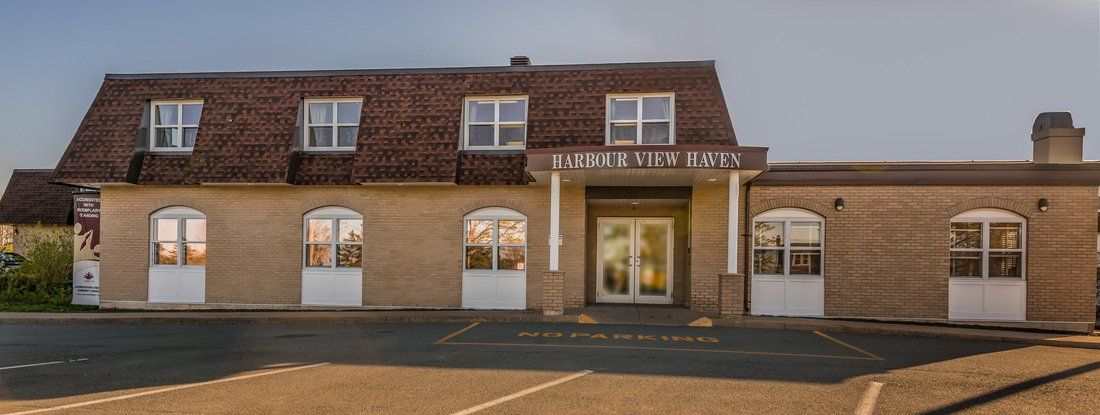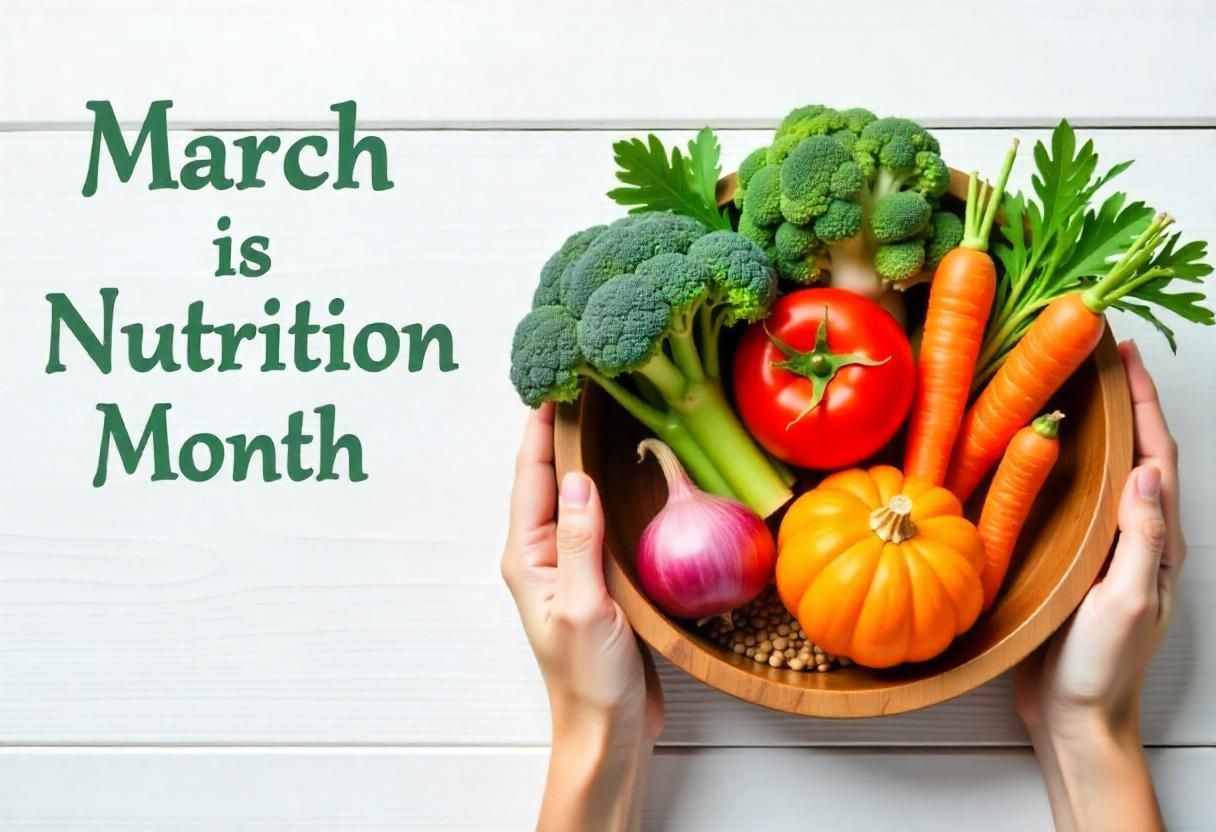OFFICE HOURS
- Mon - Fri
- -
- Sat - Sun
- Closed
The facility doors are locked between 7:30 pm and 9 am. To visit after 7:30pm, please call the Floor 1 supervisor at (902) 521-9496 for entry or ring the doorbell. We do request that visitors are respectful of residents who prefer an early bedtime.
VISITING HOURS
9:30 am – 7:30 pm
Kiribath (Milk rice)
NEWSLETTER

Kiribath (Milk rice)
Kiribath is a traditional Sri Lankan dish made from rice. The name Kiribath (Milk rice) is given simply because it’s prepared by cooking rice with coconut milk. The word is a compound with a transparent meaning in the Sinhala language, where Kiri (කිරි) means "milk" and bath ( බත්) means "rice".
Kiribath is an essential dish in Sri Lankan cuisine. It is very
commonly served for breakfast on the first day of each month and the dish celebrates festive or auspicious occasions and symbolises the beginning of new pursuits or transitions in life. It is the first solid food fed to an infant in the Sinahalese culture.
It is prepared with 4 basic ingredients; white short grain rice, coco-nut milk, water, and salt to taste.
To prepare the dish, the rice should be cooked in boiling water for about fifteen minutes, then the coconut milk is added and cooked again until the liquid is absorbed. Salt can be added when cooking for taste.
The common method of serving Kiribath is once it has cooled and set on a plate, it is compressed and cut into diamond or square shaped blocks. Kiribath is usually served with Lunu miris, a relish made of red onions, mixed with chili flakes, Maldive fish, salt, and lime or It can be consumed with Seeni sambol, jaggery and bananas.
There are variations of milk rice like Mung kiribath (Sinhala: මුං කිරිබත්) where the milkrice is made by adding boiled green gram. The same recipe and pro-cedure can be followed to make this variation.
Imbul kiribath (Sinhala: ඉඹුල් කිරිබත්) is a sweet variation of the original. It is made by taking a small amount of milk rice, made in the regular process, and spreading it on a banana leaf. A sweet filling made of coconut and jaggery, called Pani pol, is placed in the center. The banana leaf is folded and rolled verti-cally and pressed firm giving it its cylindrical shape.
Nutrition Co-op student, Ranchana David












